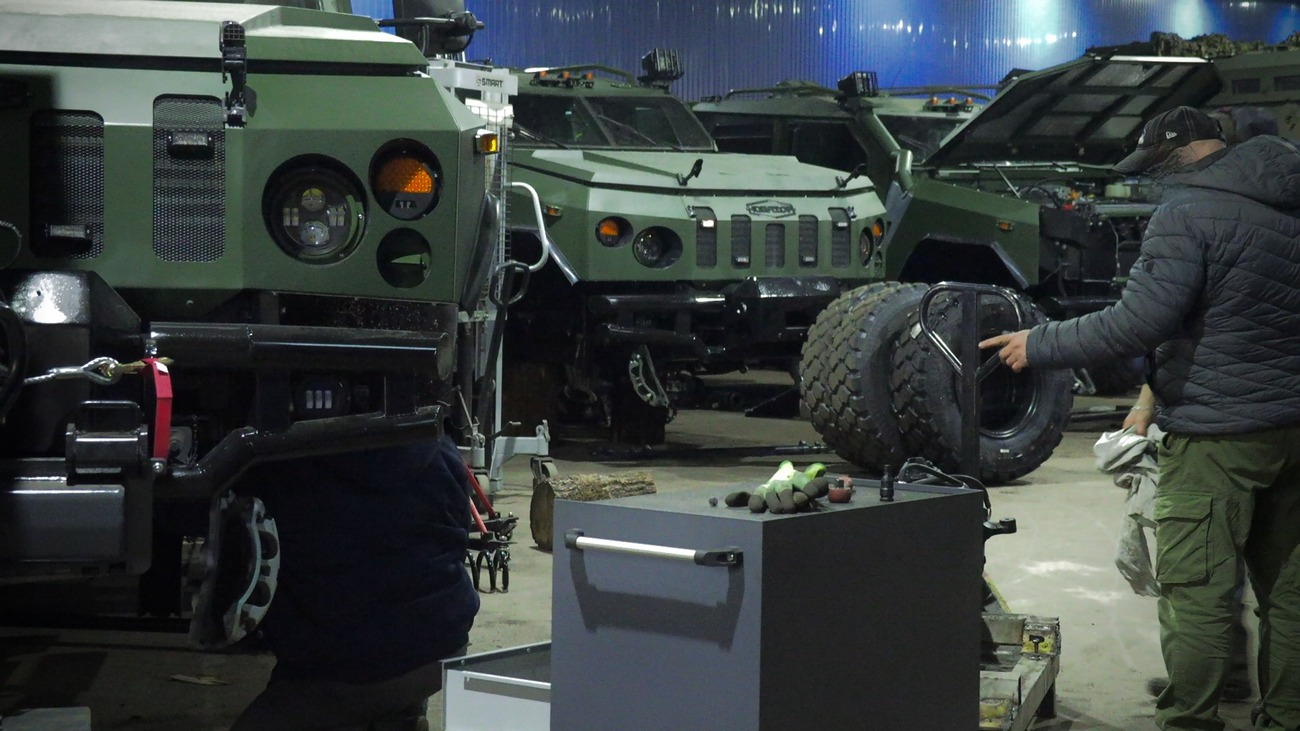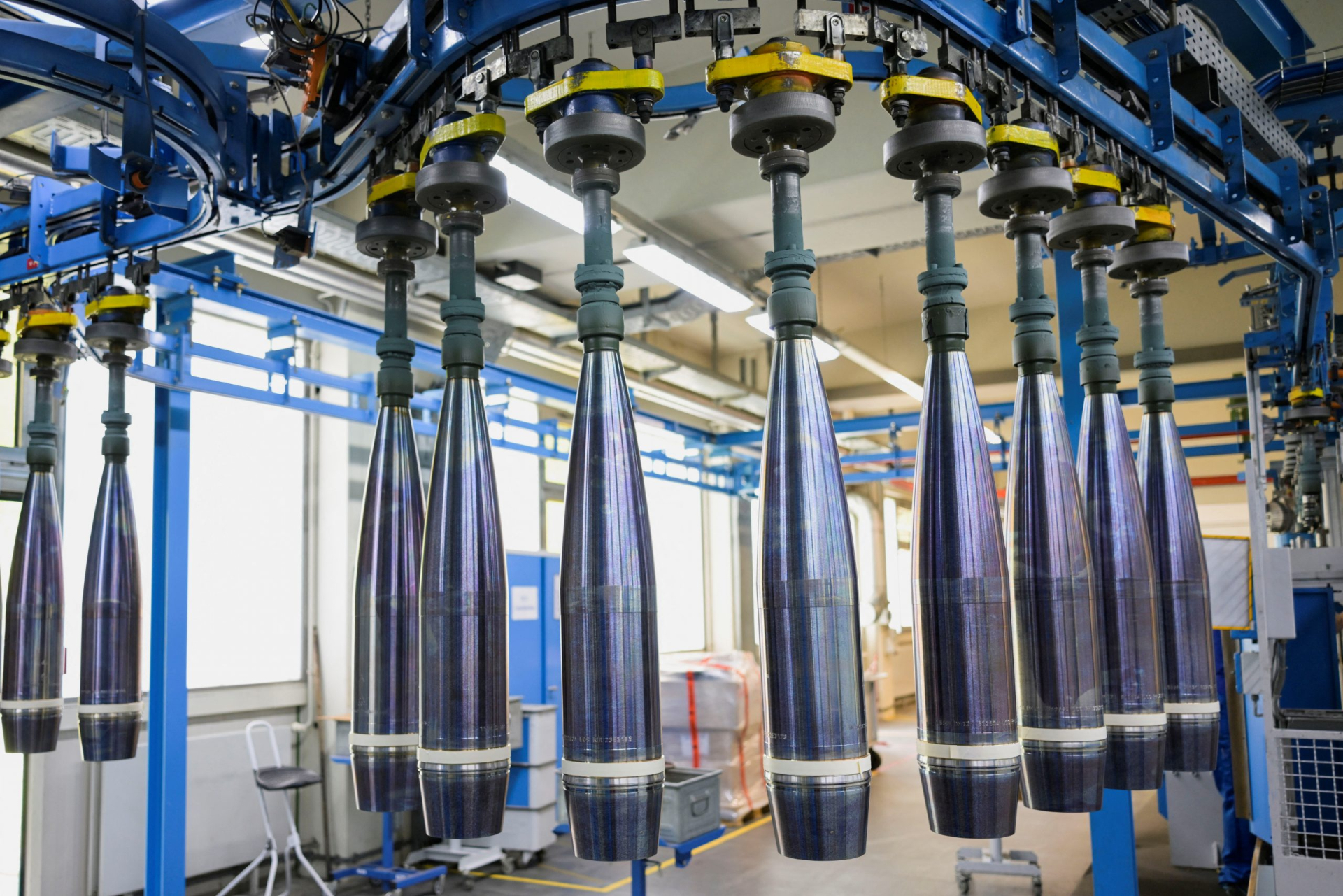New Year, new weaponry. What lies ahead for Ukraine's defense industry in 2025?
In 2022, the Ministry of Defense spent 242 billion UAH on armaments, and in 2024 this figure rose to 772 billion UAH. The budgets of other security agencies increased by 40-80% during this period. Additionally, various agencies that previously did not purchase weapons received tens of billions of UAH.
Ukraine is maximizing the potential of its defense enterprises and is increasing the budget for military equipment every year. This has necessitated reallocating some funds from cities, regularly exceeding the annual plan, and transferring money from other budget items.
The production of weapons has become the only industrial sector that is consistently growing. There are no remaining sources for further increases in domestic armament spending, and the issue of opening up exports of military equipment has not progressed. Does this mean that the defense industry has reached the peak of its development?
No. There are still plenty of growth opportunities, and 2025 could be more successful than the previous year. However, enterprises will need to master the production of new types of weapons and components, while the government must learn to spend money more effectively and manage the market.
New Weapons Will Be Developed
The first challenge for the industry is to start producing weapons that Ukraine currently imports.
At the beginning of the large-scale war, the overwhelming majority of the budget for weapons was allocated to foreign suppliers, as domestic enterprises were unable to produce the entire range needed by the army. However, the situation is changing, and government orders are gradually shifting to the domestic market.
As reported to EP by the Defense Procurement Agency (DPA), in 2024, 59% of the total value of contracts was attributed to Ukrainian arms companies.
Having mastered the serial production of artillery, mortars, certain Soviet-caliber ammunition, some radars, spare parts for military equipment, and electronic components, domestic factories have taken a portion of the government orders away from foreign manufacturers.
Significant reductions in dependence on imports have been achieved in the production of armored vehicles. For drones and electronic warfare systems , Ukraine has transitioned to self-sufficiency in most categories.

However, the government still purchases about half of its weapons from abroad, as some critical positions have yet to be produced in sufficient volumes by Ukrainian companies. This primarily concerns "NATO" caliber ammunition of 155 mm and 105 mm, some Soviet-caliber shells, and heavy armored vehicles.
Trial batches of Ukrainian 155-millimeter shells rolled off the production line in the fall of 2024, while the production of Soviet-caliber mines and shells currently does not meet the needs of the Defense Forces. Wheeled armored personnel carriers are produced in limited quantities, the capacity to mass-produce domestic "Oplot" tanks is highly questionable, and Ukraine does not have a current development of a tracked infantry fighting vehicle.
Establishing large-scale production of such technologically advanced products in Ukraine is challenging but feasible. To achieve this, the industry has logically pursued cooperation with foreign companies and licensed production of Western products.
For instance, "Ukrainian Armored Vehicles" proposed to the Ministry of Defense to localize the assembly of the Spanish ASCOD infantry fighting vehicle, but so far without success. "Ukroboronprom" has announced the start of assembly of the German Lynx infantry fighting vehicle. There have also been discussions about localizing the Swedish CV-90 infantry fighting vehicle, but so far, only procurement has been confirmed.
"Ukrainian Armored Vehicles" has signed a contract with the Czech Czechoslovak Group for the joint production of ammunition in calibers of 155 mm, 120 mm, and 105 mm. In 2025, they plan to deliver 100,000 shells, and in 2026 - 300,000.
There have also been statements about the licensed production of NATO ammunition based on other Ukrainian enterprises in cooperation with German Rheinmetall, French KNDS, Finnish Nammo, and American Northrop Grumman.
Establishing licensed production is a slow process. Initially, domestic companies will train personnel under the supervision of partners, then assemble products from imported components, and only over the years will they operate independently.

However, the endeavor is worthwhile, as the quality of such products will be high, and Ukrainian enterprises, thanks to their Western business partners, will become more financially stable and have greater prospects in the global market.
The transition of government weapon orders to the domestic market should occur gradually. The worst thing the government can do is to manually redirect all orders from import to the domestic market without considering the real capabilities of enterprises.
This year the situation with defective and under-delivered ammunition at one of the state factories demonstrated that some enterprises may not cope with a sudden increase in orders or may mislead regarding their actual production capabilities. The state's underestimation of risks led to the under-delivery of ammunition to the front, despite the opportunity to contract with import suppliers simultaneously at the beginning of the year.
There is also work to be done in the quality control system. As large-scale production of new products ramps up, defective batches will inevitably emerge. The Minister of Strategic Industries, Herman Smetanin, stated after defective mines reached the front that enterprises would enhance quality control.
Production of Components is Expanding
On December 20, it was announced that the Cabinet of Ministers adopted a protectionist resolution "Weapon of Victory," which will require state customers to prioritize contracting enterprises whose products will be in demand in the Defense Forces and that will be produced at least 50% in Ukraine.
The exact method for calculating the localization percentage and whether this will discourage producers from improving quality and pricing remains an open question.